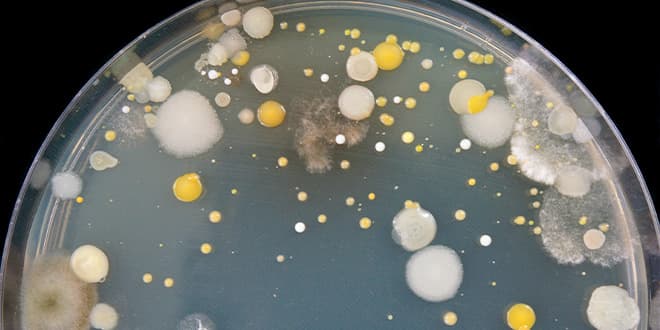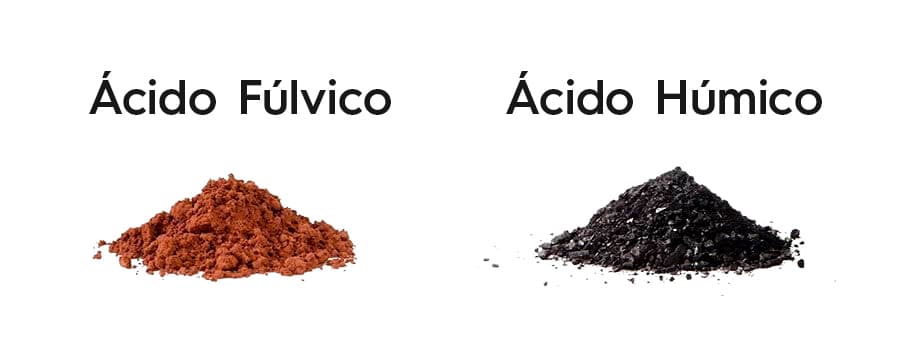Interest in agricultural biostimulants has skyrocketed in recent years. Their ability to sustainably improve soil health, plant growth, water retention, nutrient efficiency and overall crop quality is hard to ignore, and growers have taken notice.
But what exactly are biostimulants and how do they work? This article aims to answer these and other questions. We review how growers are using biostimulants in agriculture today and discuss the role they may play in shaping our agricultural systems of the future.
What is a biostimulant?
A plant biostimulant is a substance or microorganism that, when applied to seeds, plants or the rhizosphere, stimulates natural processes to improve or benefit nutrient uptake, nutrient efficiency, abiotic stress tolerance or crop quality and yield.
What they do, rather than what they are made of, is the common thread that binds biostimulants together. Whether it’s a live bacterium, a plant extract or a chemical element, if it stimulates natural processes to the benefit of a plant, it’s a biostimulant.
Many biostimulant products are relatively new to the market and, for some, their efficacy requires further testing. But the growing interest in these substances represents an important change.
Conventional agricultural inputs value yield above all else, often at the expense of soil, water and climate. Plant biostimulants are a framework for a broader approach to agriculture that seeks to balance sustained yields without sacrificing soil health, freshwater supply and the long-term resilience of our agricultural systems.
If you want to give your crops the boost they need to increase production, take a look at our catalog of Organic and Biodynamic Biostimulants.
Difference between biostimulant and fertilizer
When most people think of plant growth, they think of the fundamental macronutrients: nitrogen, phosphorus and potassium, or NPK.
All plants require these three nutrients to thrive and grow, does that mean NPK fertilizers are plant biostimulants? Not exactly. By definition, biostimulants work by modifying the microbial environment of the phyllosphere (plant canopy) and rhizosphere, where plant roots meet and interact with the surrounding soil. Biostimulants stimulate desirable biological processes. Fertilizers simply provide the nutrients that enable growth.
Some plant biostimulants may have fertilizing properties, but these nutrients must be derived from an organic source. Also, fertilizer products may include synergistic biostimulants that aim to reduce total fertilizer inputs by improving nutrient uptake by crops.
Compost has long been used for both functions. It provides some NPK and other necessary micronutrients, along with a host of beneficial fungi and bacteria, important biostimulants for plants. But this is not a requirement. Some products, such as microbial inoculants, may have no nutritional content and still improve plant growth.
Ultimately, biostimulants and plant fertilizers are two different categories of agricultural inputs and work through different mechanisms.
Types of biostimulants
The category of biostimulants has long eluded an official definition, largely due to the sheer diversity and number of potential substances and microorganisms. The list of potential sources is long and ever-expanding, but here is a breakdown of some of the most commonly used and best researched biostimulants.
Beneficial microorganisms

Soil may appear lifeless and lifeless, but nothing could be further from the truth. Beyond the power of the human eye lies the most diverse, dense and vibrant habitat on the planet.
This is the world of microorganisms, many of which are beneficial to plant growth. These beneficial microbes partner with plants to improve nutrient uptake and tolerance to environmental stressors, such as drought and extreme heat. These microbes, often called “microbial inoculants,” can be in the form of bacteria, fungi or mycorrhizae. Some have been studied for more than a century and their ability to promote nutrient availability to plants is well proven.
Beneficial microbes are found in organic inputs such as compost and worm castings. They are also increasingly being grown in highly controlled fermentation vessels. Here, researchers can focus on certain microbial functions for use in a variety of growing media, including hydroponics. Unlike many conventional inputs, the supply of beneficial microbes is theoretically infinite and can be produced with relatively little environmental impact.
Unlock 100% of your crops' potential with Fervalle's agricultural biostimulant products. They maximize plant growth, improve nutrient uptake and increase stress tolerance.
Humic and fulvic acids

Humic and fulvic acids occur naturally in soils through the decomposition of organic matter. They can also be added as amendments through any aged organic matter, or as concentrates in granular and liquid form. Together, these acids can help reduce the total amount of fertilizer needed, improve nutrient efficiency and increase tolerance to water stress in cropping systems.
Humic acids promote the growth of beneficial microbes and help stimulate chemical processes that “unlock” nutrients in the soil, making them available to crops. If you think of humic acids as a bridge that connects plants to previously unavailable soil nutrients, then fulvic acids are the vehicles that move those nutrients. They help transport them efficiently across the plant cell membrane.
Seaweed extr

Seaweeds are rich in biostimulatory compounds such as amino acids and phytohormones. These have been used by organic farmers for decades.
Most seaweed extracts for agricultural use are created from brown algae (Phaeophyceae). The algae undergo heat or chemical-based extraction processes and are usually applied as a liquid spray to both soil and foliage. Studies have shown that treatments with seaweed extracts can significantly alter the rhizosphere and phyllosphere microbiomes and reduce the significant incidence of pests and diseases, improving the overall commercial yields of a variety of crops.
Hydrolyzed proteins

Hydrolyzed proteins (PHs) contain carbon, peptides and amino acid-biostimulants that promote microbial growth, increase nutrient availability and help plants resist biotic and abiotic stresses.
PHs are produced through enzymatic or chemical hydrolysis of animal waste and plant biomass. Common sources include blood meal, fish by-products, casein, legume seeds, alfalfa hay, corn wet milling by-products and other vegetable by-products.
Currently, most PH products are of animal origin, but there are concerns about the safety of using animal by-products in food crops, leading to a growing interest in plant-derived products. Plant biomass PHs also provide a sustainable use for agricultural by-products that are often wasted.
PHs products are available as liquid extracts and soluble powders. They are commonly used in both soil and foliar applications.
Biopolymers

Biopolymers are materials produced through natural processes of plants, animals, bacteria and fungi. Common biopolymers, such as collagen, gelatin and plant starches, are used in countless industrial and medical applications.
Some biopolymers have certain biostimulatory characteristics. Chitosan, derived from crustacean shells, can protect plants against fungal pathogens and improve plant tolerance to drought, salinity and cold.
Other biopolymers, such as sodium alginate, can have positive effects on fertilizer efficiency. When used in controlled-release fertilizer products, they can improve nutrient availability and uptake, limiting over-application and pollution resulting from fertilizer runoff.
Inorganic compounds

All plants require some chemical elements, such as NPK. Other elements, although not universally essential, have biostimulatory effects.
The most important of these “beneficial elements” are:
Many of the beneficial effects of more complex biostimulants, such as seaweed extracts, can probably be attributed in part to the physiological effects these elements can have on plant growth.
Agricultural biostimulants and the future
Climate changes are already affecting plant growth around the world. Drought and heat waves are increasing in intensity and frequency, affecting yields and the nutritional content of essential food crops. These changes are due in part to agriculture itself, through the overuse of synthetic nitrogen fertilizers and widespread soil degradation.
These enormous challenges are compounded by the fact that yields must increase in the coming decades as the planet adds more than 2 billion people. Plant biostimulants offer a possible solution: a way to maintain yields using fewer resources. They can reduce fertilizer use by improving nutrient bioavailability, save water by promoting water retention and root growth, and give plants greater resistance against the increasingly severe abiotic stresses of heat and drought.
Biostimulants continue to raise important questions that require further answers. Much remains to be studied about appropriate application rates, molecular modes of action, not to mention the countless beneficial microbes still unknown to science. But what is clear is that agricultural biostimulants are set to play a key role in building a more sustainable and resilient agriculture.







